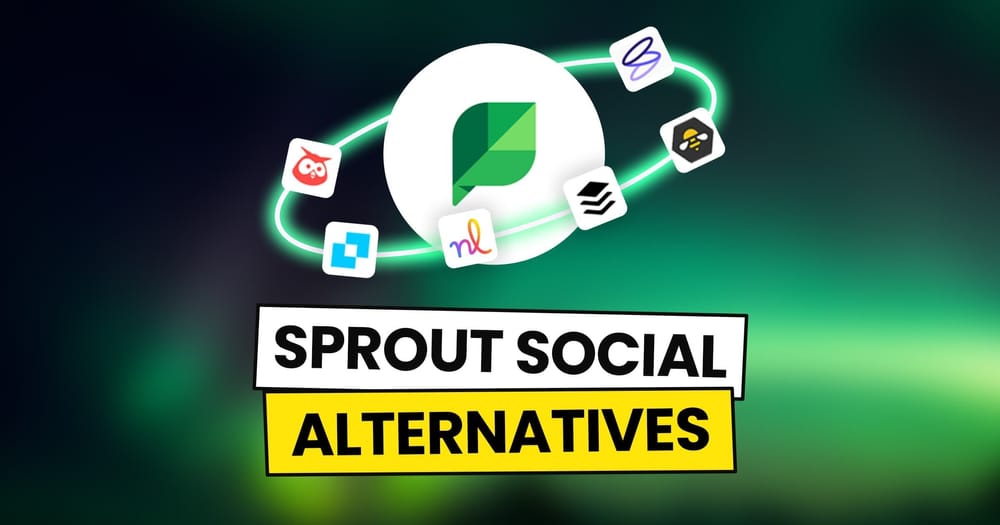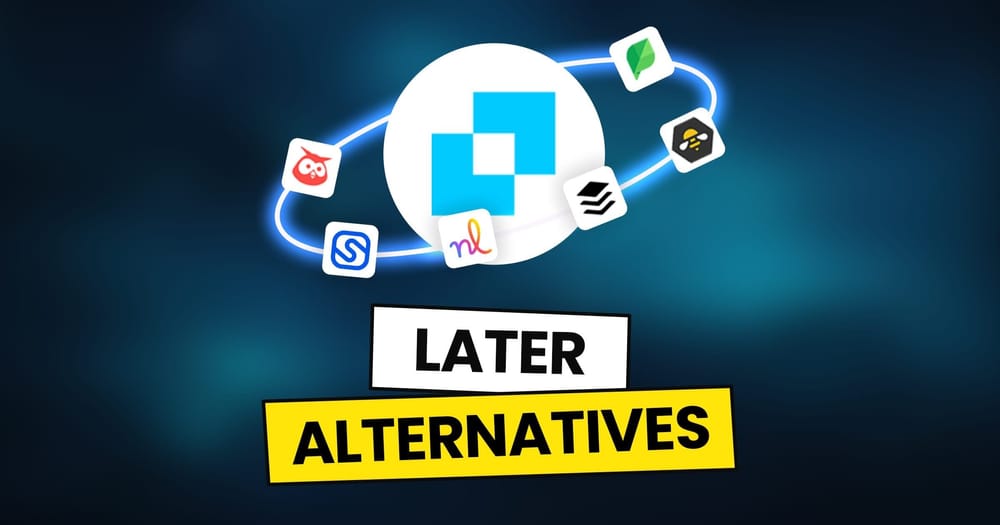Ever scrolled past a post, only to stop because the first comment caught your attention? That’s no coincidence. The first comment isn’t just an afterthought to those who know better, it’s a weapon for boosting engagement, influencing conversations, and even working with social media algorithms to get your content seen by more people.
Want to know how to use first comments to your advantage? Let’s break it down.
What is a First Comment, and Why Does It Matter?
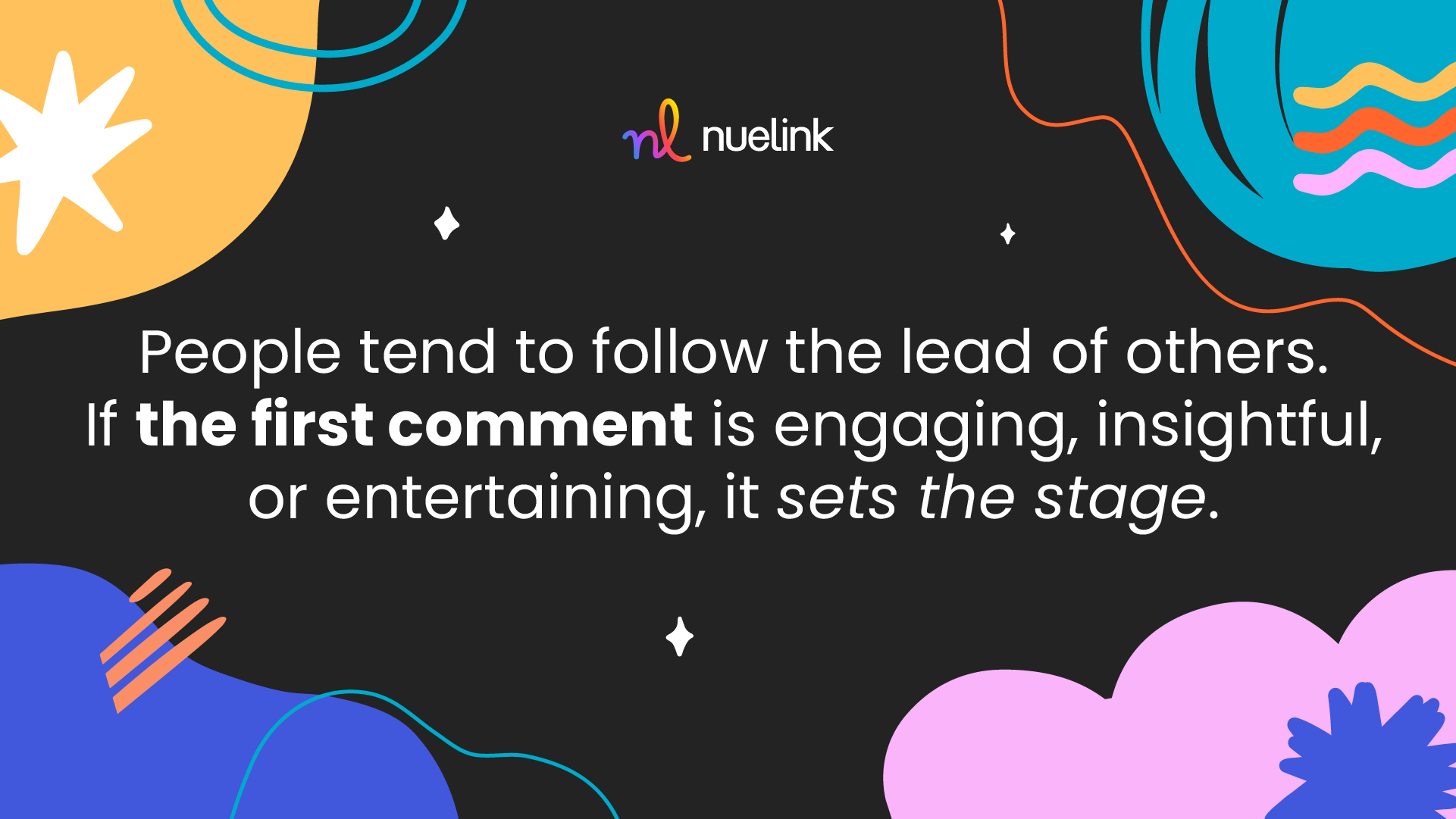
The first comment on a social media post is more influential than most people realize. It’s not just a response, it’s a conversation starter. Whether it’s on Instagram, YouTube, LinkedIn, or even TikTok, that very first comment helps shape how other users perceive the post and whether they feel encouraged to join the discussion.
The reason behind this is simple: social proof. People tend to follow the lead of others. If the first comment is engaging, insightful, or entertaining, it sets the stage for a lively conversation. If it’s negative or dismissive, that energy can spread just as easily.
But the power of the first comment goes beyond human psychology, it also affects the algorithm. Social media platforms prioritize posts with high engagement, and early interaction, especially in the form of comments, signals to the algorithm that the content is worth promoting.
In other words, a good first comment can help push a post to a wider audience since it has a domino effect. It determines not only the quality of the discussion but also how many people see the post.
Who Should Use First Comments?
The strategic use of first comments isn’t just for casual users, it’s a powerful tool that can benefit a range of individuals and businesses looking to boost engagement, improve content visibility, and shape audience perception.
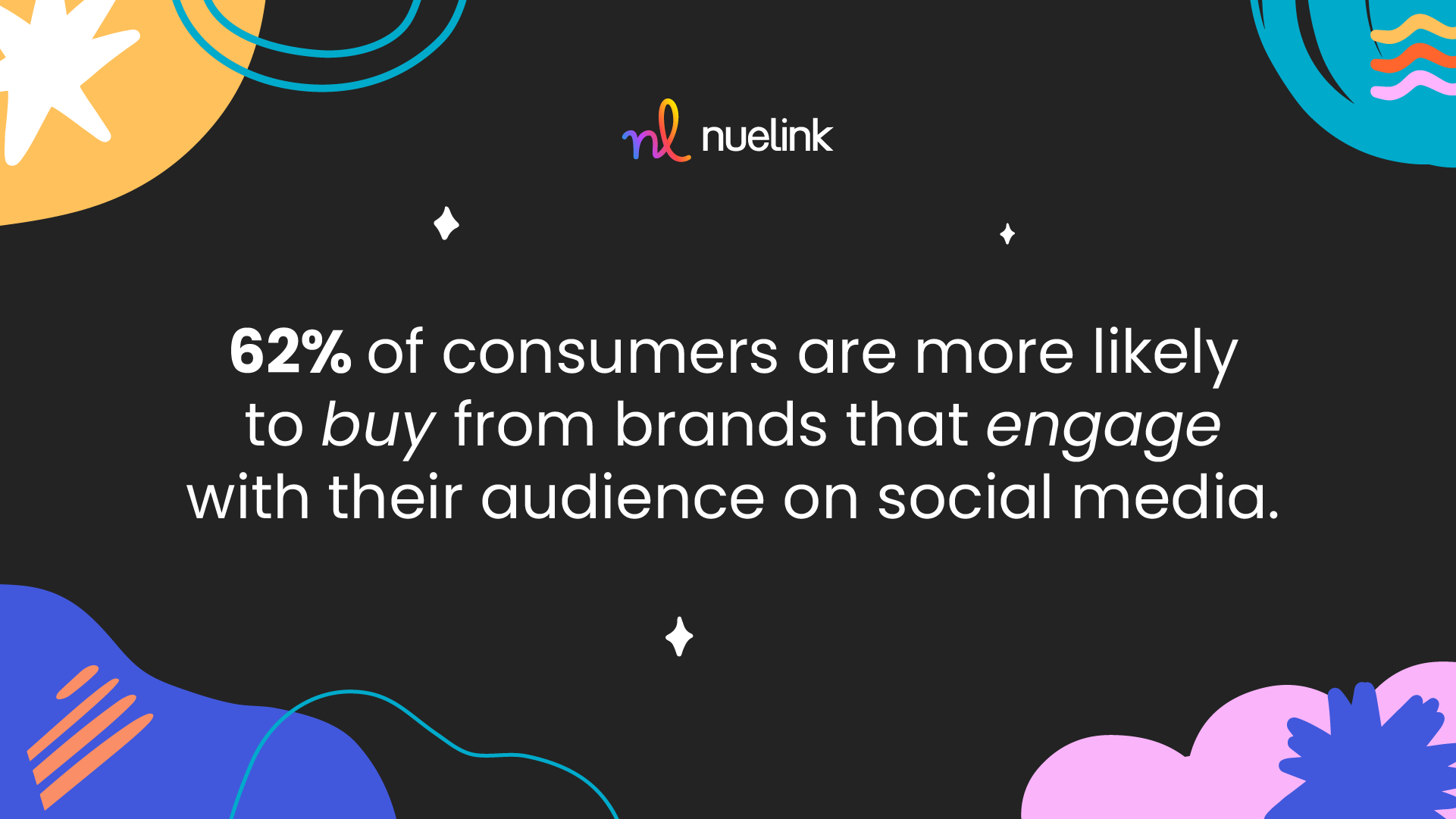
1. Content Creators
Bloggers, YouTubers, podcasters, and social media influencers can use the first comment to:
- Highlight key takeaways from their content.
- Ask engaging questions to spark discussion.
- Provide additional context or links to related content.
- Encourage interaction by prompting viewers to share opinions.
Posing questions can boost engagement rates which helps social media algorithms prioritize your content.
2. Businesses and Brands
Companies using social media for marketing can leverage first comments to:
- Add value with extra insights or resources.
- Encourage user-generated content by asking for feedback or stories.
- Drive conversions with promotional links, discount codes, or calls to action.
A report found that 62% of consumers are more likely to buy from brands that engage with their audience on social media, making first comments a key engagement tool.
3. Community Managers and Social Media Teams
Those managing online communities can use first comments to:
- Set the tone for conversations and reduce negativity.
- Provide important clarifications or house rules.
- Guide discussions in a constructive direction.
Given that negative comments can decrease a post’s engagement, setting a positive first-comment tone is crucial.
4. Everyday Social Media Users
Even casual users can benefit from first comments by:
- Supporting creators they follow by leaving early engagement.
- Building connections through meaningful discussions.
- Influencing the tone of conversations in a positive way.
First comments are a powerful but often overlooked tool that can significantly impact social media engagement.
Where and When Do First Comments Have the Biggest Impact?
Not all platforms and timing strategies yield the same results when it comes to first comments. The effectiveness of a first comment depends on where it is used and when it is posted. Let’s break it down.
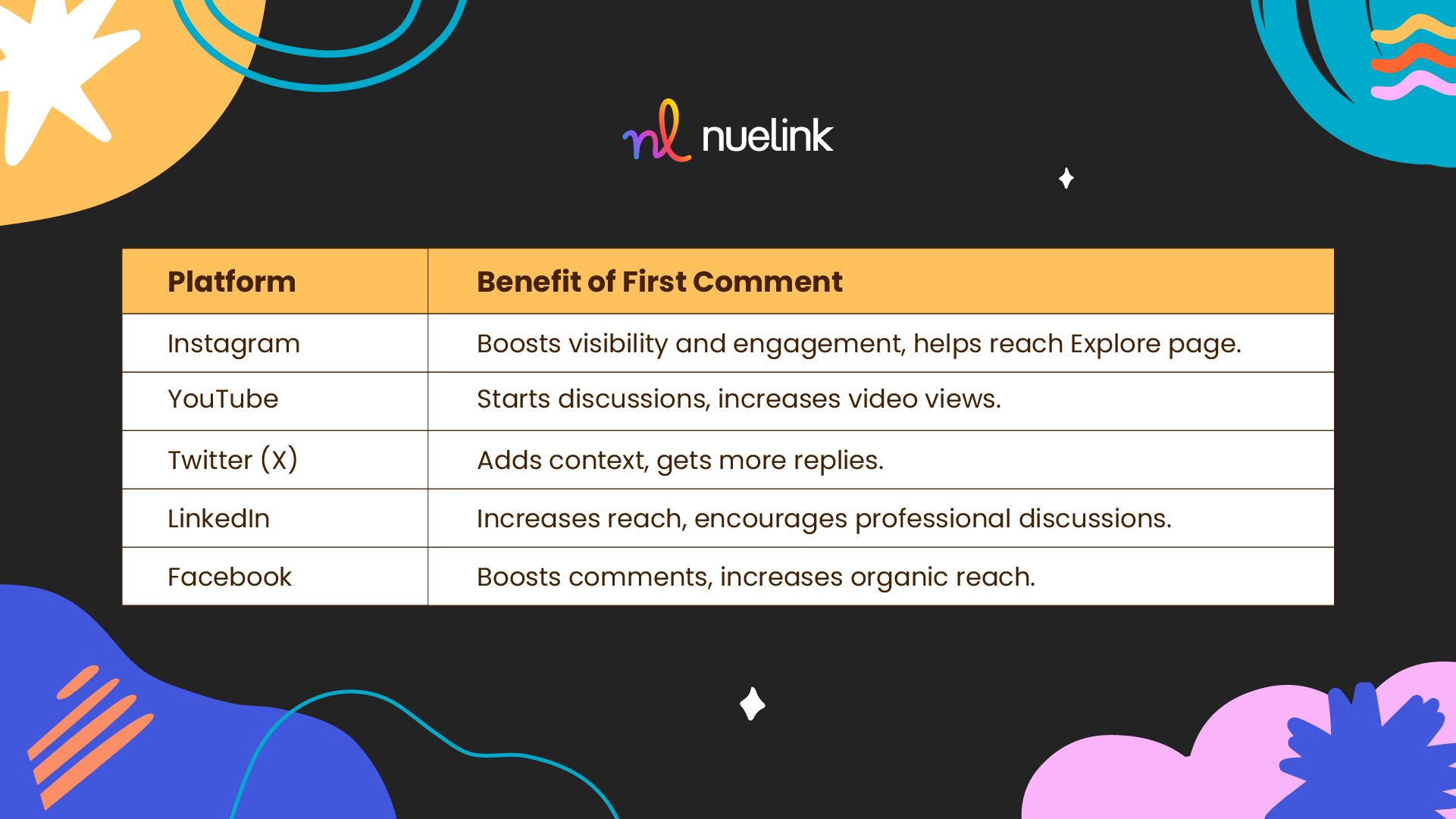
1. Instagram
Instagram’s algorithm heavily favors engagement within the first 30 to 60 minutes of posting. A well-crafted first comment can:
- Boost visibility by signaling early engagement.
- Encourage discussion, which increases comment count (a key ranking factor).
A study found that Instagram posts receiving at least five comments in the first 10 minutes are significantly more likely to appear on the Explore page.
2. YouTube
The first comment on a YouTube video can guide discussions and increase watch time by:
- Encouraging specific engagement, such as asking viewers what they thought of a particular moment.
- Linking to other videos, keeping viewers within the creator’s content ecosystem.
- Highlighting key timestamps to improve user experience.
According to some sources, videos with high comment engagement see more recommended views, making first comments crucial for visibility.
3. X
Since Twitter’s feed moves quickly, early engagement on a tweet signals its relevance. A first comment can:
- Provide context or add a follow-up thought.
- Start a threaded conversation, increasing visibility.
- Engage the audience by asking questions or encouraging replies.
4. LinkedIn
LinkedIn rewards engagement-driven posts. A first comment can:
- Expand on key points, making the post more informative.
- Include relevant hashtags, increasing discoverability.
- Tag industry professionals, encouraging further discussion.
5. Facebook
Facebook’s algorithm prioritizes meaningful interactions. First comments can:
- Encourage discussions, leading to more comments and shares.
- Provide follow-up information, such as event details or product links.
- Use keywords strategically to increase search visibility.
Facebook Business reports that posts with high comment activity receive more than twice the organic reach compared to those with few comments.
If you think that adding a first comment to all of these platforms is a lot of work, you can simply opt for a social media management tool that also offers first comment automation, Nuelink for instance.
What Are the Best Practices for First Comments?
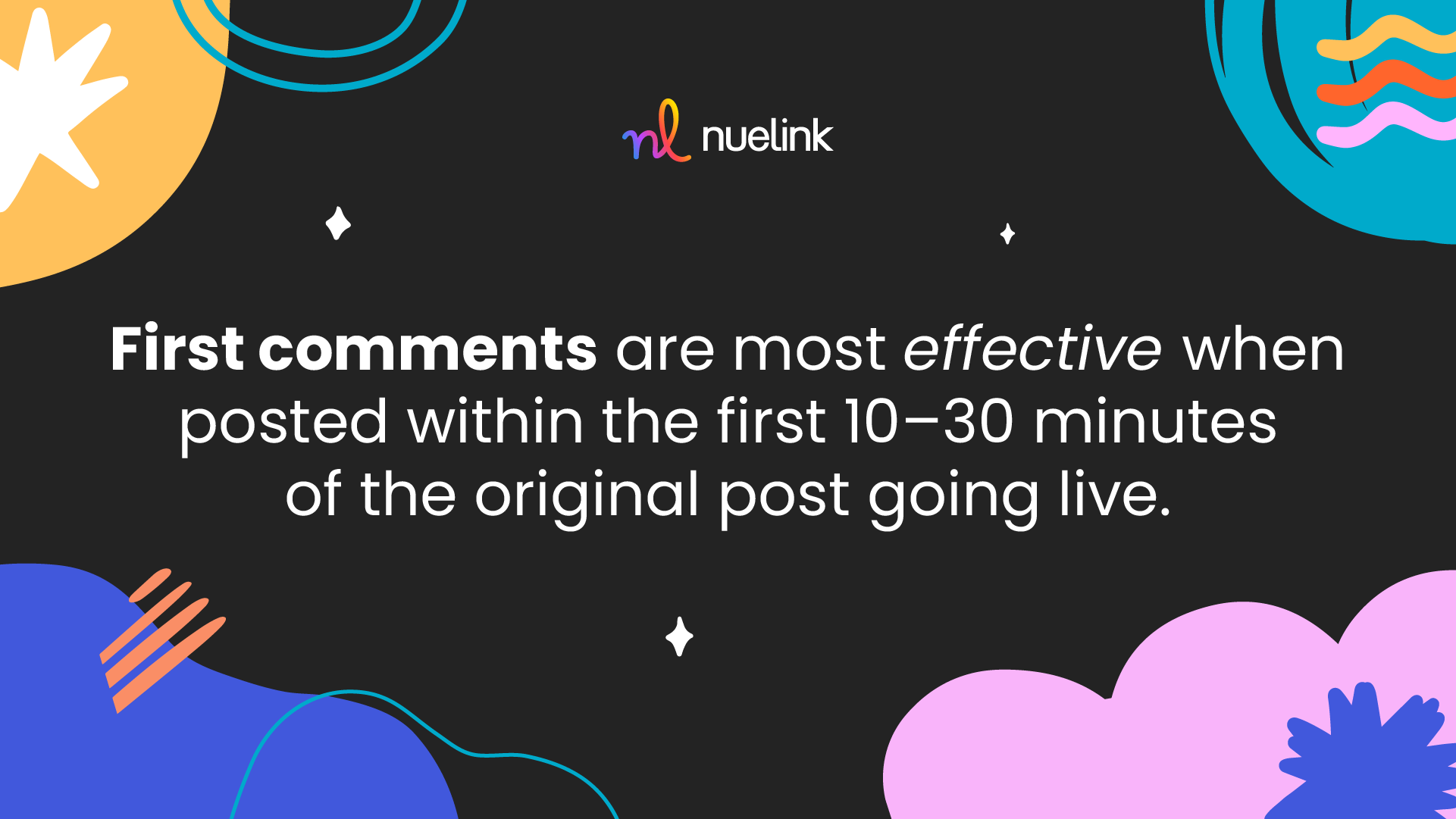
A well-crafted first comment can set the stage for engagement, drive conversations, and even boost visibility through algorithmic ranking. But not all first comments are created equal. To maximize impact, here are the best practices for writing first comments that work.
1. Make It Engaging and Relevant
The first comment should add value to the post rather than restating what’s already in the content. It should:
- Expand on a key point.
- Ask a question to encourage responses.
- Add humor or personality to make the conversation inviting.
2. Use a Call to Action (CTA)
A clear CTA encourages users to interact with the content. This signals that the creator is active in the discussion, which encourages even more engagement.
3. Include Keywords for Discoverability
Comments contribute to search visibility, especially on platforms like YouTube, LinkedIn, and even Instagram. Adding relevant keywords can help boost discoverability. This helps the algorithm recognize the topic and categorize the post effectively.
4. Link to Related Content Strategically
If a platform allows links in comments (like YouTube, LinkedIn, Facebook, and Twitter), the first comment can guide users to additional resources. This is especially important since some platforms, I am looking at you X, are known to shun posts with links.
5. Time It Right
First comments are most effective when posted within the first 30 minutes of the original post going live. Early engagement signals to the platform’s algorithm that the content is valuable, increasing its visibility.
Best approach:
- Post the first comment immediately after publishing.
- Monitor engagement and reply to early interactions.
- Adjust timing based on audience activity (peak engagement hours matter).
6. Pin the Best Comment
Platforms like YouTube allow pinning a comment, which keeps it at the top. This ensures that every new viewer sees it first, reinforcing engagement.
7. Maintain a Consistent Strategy
Using first comments effectively isn’t a one-time tactic, it should be part of a larger engagement strategy. This includes:
- Experimenting with different styles (questions, facts, humor, CTAs).
- Tracking which types of comments generate the most responses.
- Adjusting based on what works best for the audience.
A first comment is more than just an afterthought, it’s a tool for driving engagement, increasing visibility, and shaping conversations. By making it engaging, using a strong CTA, optimizing for discoverability, and timing it right, creators can ensure their content reaches a wider audience and encourages meaningful interactions.



